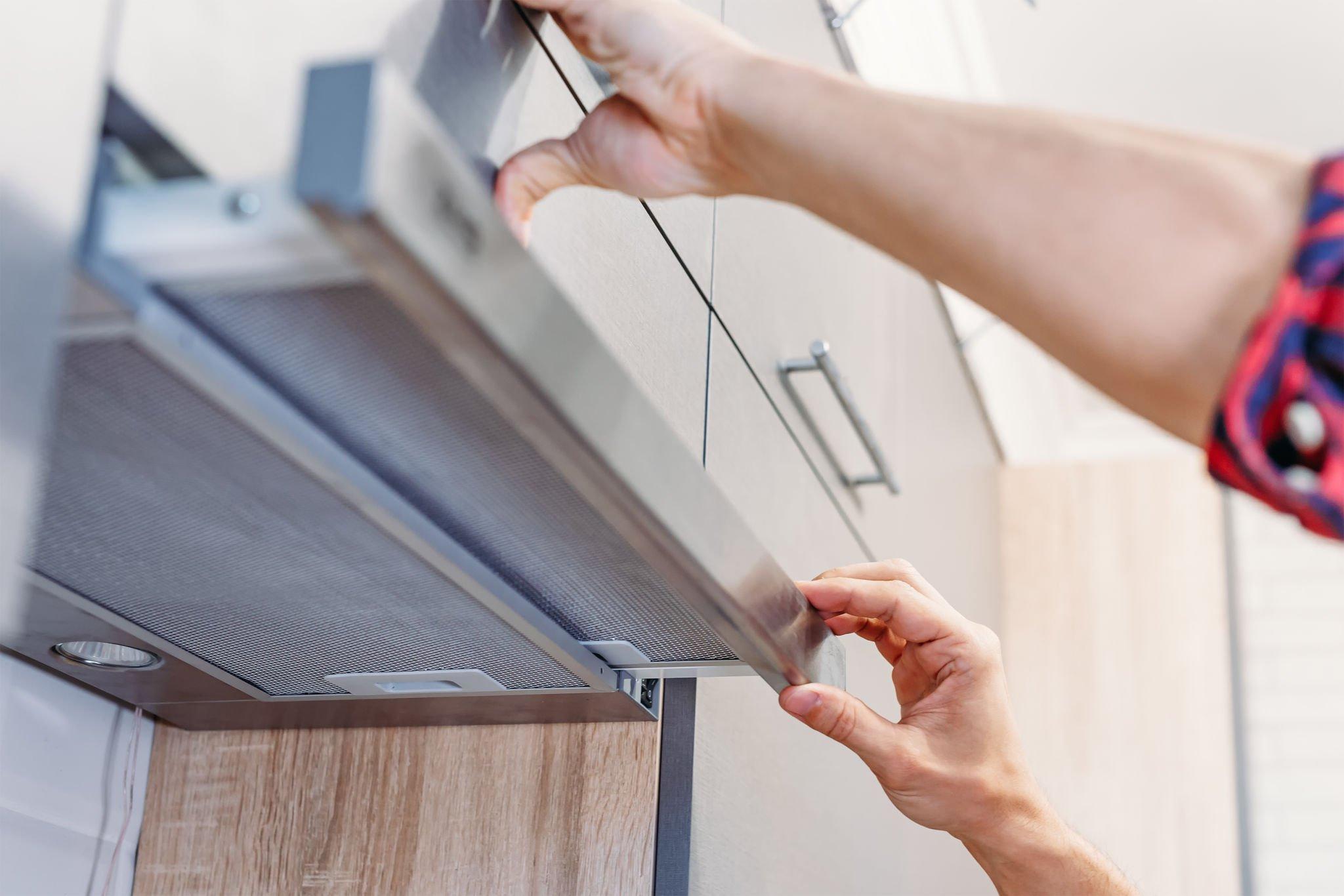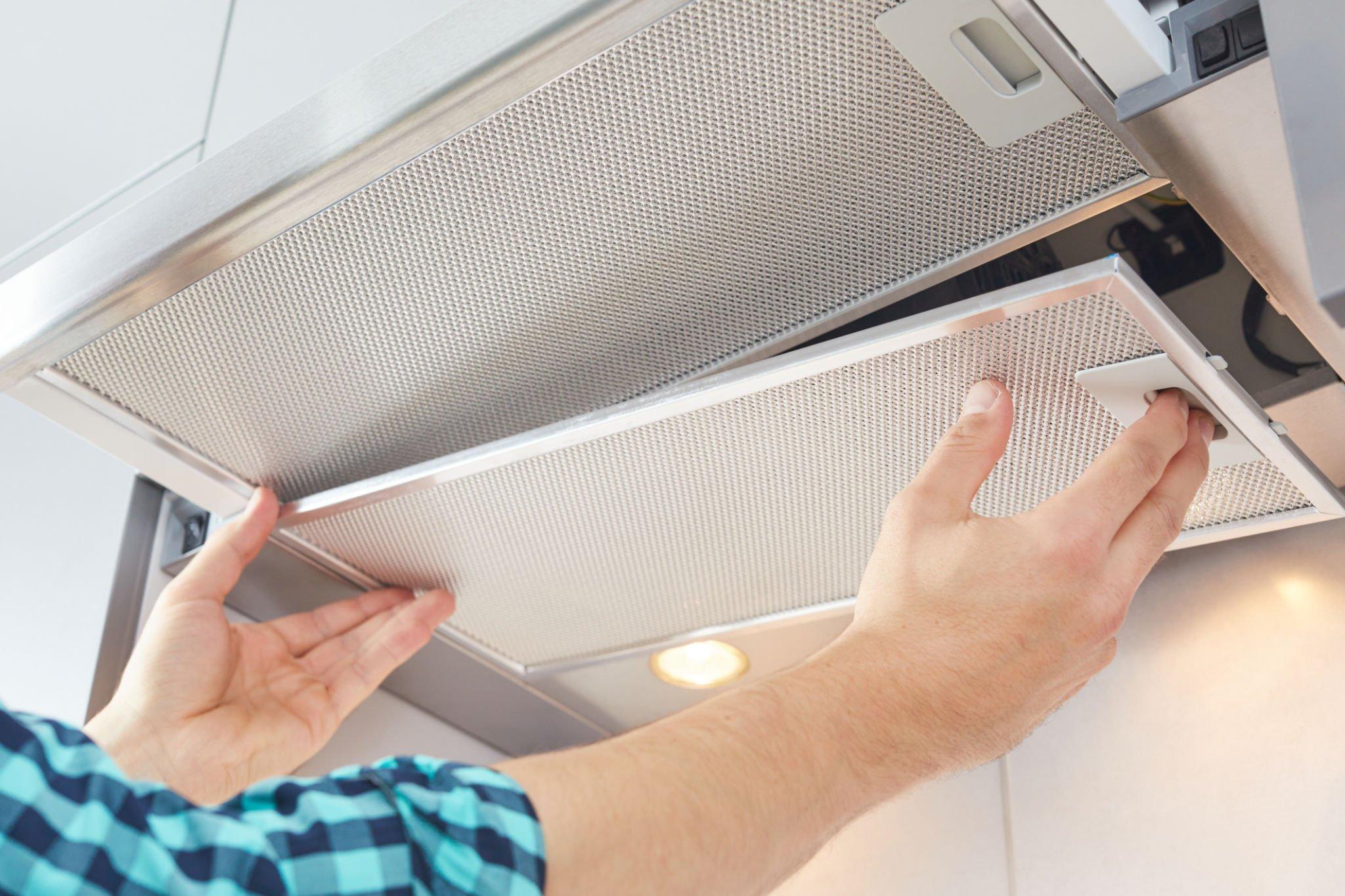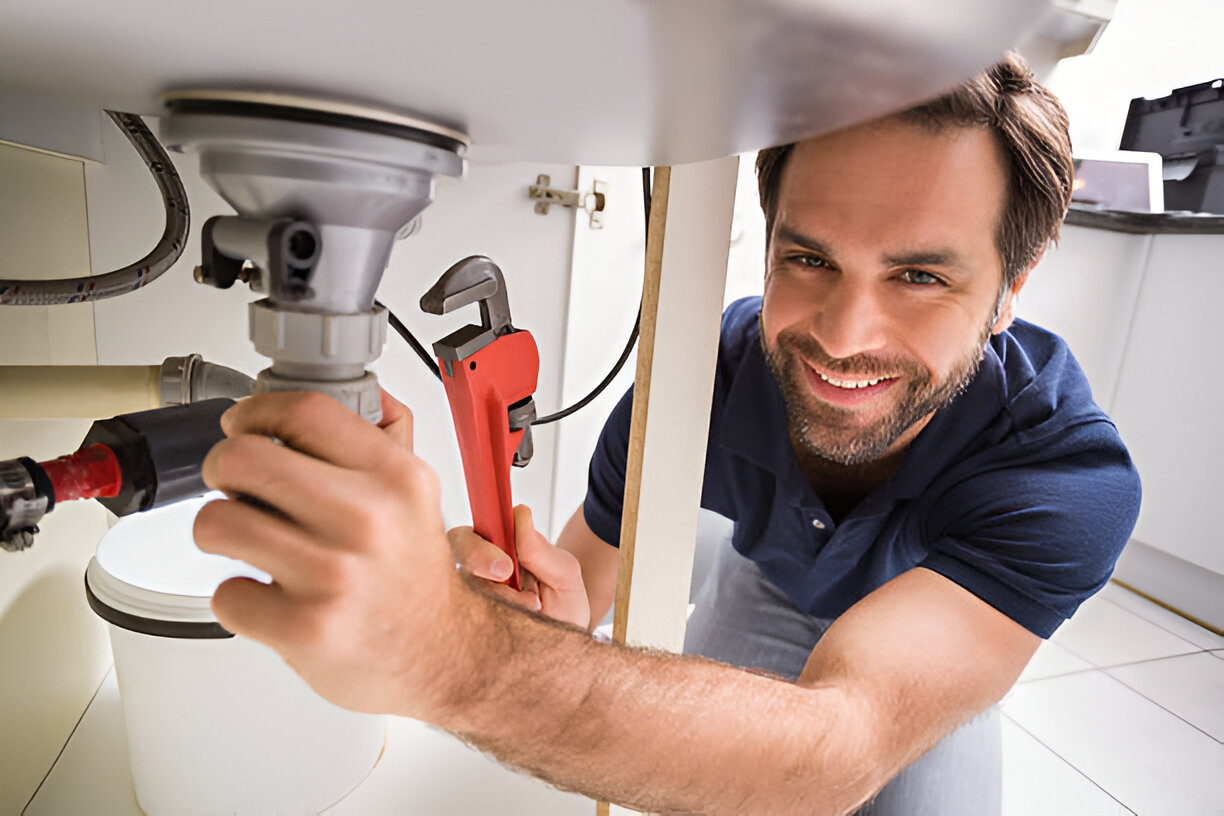We know for a fact that extractor fans are not the most exciting topic to discuss. However, here is a little secret that we want you to know: They are actually pretty great! In fact, not only are they incredibly essential for maintaining the look of your kitchen design in Northampton but they also come with some pretty amazing designs. All you have to know is what to look for
Here are some important things that you need to take into consideration while making your decision.

Do you need an extractor fan?
Well, yes! Extractor fans are not really an optional item while designing your kitchen. Unless you like the idea of a greasy and steamy mess in your beautiful new kitchen units, not to mention, the condensation and mold forming on your work surfaces.
The primary job of an extractor fan is to suck all the smells and excess moisture from your kitchen. Moreover, it helps in clearing the room of smoke in case you leave sausages sizzling under the grill for too long.
Most extractor fans use ducting to remove the old air. However, some are basically recycling systems that make use of filters for cleaning the air and then returning it to the room. Anyhow, these are not as effective at removing steam and odors.
Which type of cooker hood should you choose?
When selecting cooker hoods, we believe there are multiple different styles to consider from. However, the right choice for you depends on the layout of your kitchen, the design of your kitchen units, and your personal cooking preferences.
Mostly Ducted
Chimney and wall-mounted hoods – These are one of the most well-known types of cooker hoods. They have a pyramid shape and are the most common option. They come in multiple styles but are not recommended to use over a kitchen island.
Canopy hoods – Canopy hoods are usually fitted into the base of a canopy housing or in the overhead cupboards. The latter option, commonly known as an integrated or telescopic hood, most likely has an invisible extractor fan but requires you to sacrifice some storage space.
Ceiling hoods – The name is self-explanatory as these are built into the ceiling. These kinds of cooker hoods save you a lot of space and provide a streamlined appearance. However, it is important to note that since they are installed far away from the hob, they require a high extraction rate.
Over-Island hoods – These are specifically designed to use over kitchen islands and are attached to the ceiling. They are mostly designed to serve double duty as both extractors and statement pieces for the kitchen. Because of this reason, they are mainly large and stylish.

Mostly re-circ/carbon filters
Pendant hoods – These types of cooker hoods are designed to look like contemporary light fixtures, and are thus full of decorative flair. They go well over the kitchen islands and could also be used next to a wall, but they usually, only provide air recycling.
Downdraft – Unlike any other types of extractors, they are not located overhead. Instead, these are installed in the worktops behind the hob and tend to rise up from the surface whenever required.
What else should you think about?
Apart from the appearance of your cooker hood, you also need to take into consideration how it operates and the more practical features. For instance,
Grease filters – all extractor fans have some type of grease filter. If it is made out of metal, it needs to be washed on a regular basis. They could be washed in your regular dishwasher. On the other hand, fleece or paper filters are required to be replaced every few months.
Noise – some extraction fans are very noisy, while others are very quiet (you can barely hear them). The amount of sound your cooker hood makes depends on various factors, such as, how powerful they are and how they are manufactured.
Controls – make sure you check how the extractor fan is controlled. Depending on the unit you have chosen, the controls are either built into the unit or wired into the wall-mounted panel. There are some that even use a wireless remote control.
Integrated lights – most cooker hoods have built-in lights that help illuminate the hob below.



